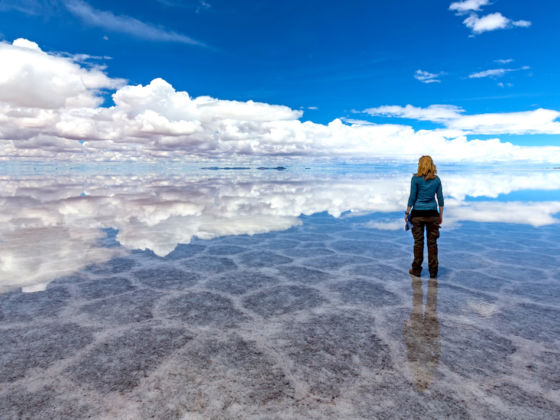It’s pronounced “Bs.”
We’re talking currency here—the Boliviano—and every English-speaking foreigner you meet is gonna use the term.
You might think it sounds pretentious at first. You might even take a silent vow: “There’s no way I’m jumping on that bandwagon.”
So you’ll struggle by with the clunky “Boliviano” for a bit. Or do as many locals and call it a peso.
But before long you’ll come around—they all do—chiming in with the rest: “I just bought a bag of 25 oranges for only 4 Bs!”
